The Story of Sake
How to evaluate sake
You can enjoy sake at various temperatures and with various dishes. Unlike beer and wine, sake can be enjoyed at a wide range of temperatures. The appropriate temperature for serving depends on type of sake.
Temperatures for serving sake
"You can enjoy sake at various temperatures and with various dishes. Unlike beer and wine, sake can be enjoyed at a wide range of temperatures. The appropriate temperature for serving depends on type of sake."
Color
The color and transparency are evaluated. Sake with dark yellow or brown color has probably been stored for a long time. Blue circles on a kikichoko (tasting cup) are useful to see the color and transparency of sakes.
Aroma
Ginjo-shu has the aroma of apples or bananas, so it is suitable to drink cool. Sake with a fruity aroma is good for the first half of dinner. Most junmai-shu have a rich taste, so they are suitable for serving with rich-tasting dishes cooked with soy sauce, sugar and oils. They can be served at various temperatures, from cold to hot. Strong matured flavour and acidity will be softened by warming, which makes it even more delicious. Honjozo-shu is a versatile sake that can be enjoyed from cold to hot. Honjozo-shu will go well with any dishes.
There are many kinds of aroma in sake, including a fruity aroma called ginjo -aroma, the rich aroma of aged sake. They are evaluated on the basis of strength and balance.
Taste
Taste is evaluated on the scales of: sweet/dry, rich/light, and with/without umami. If a sake contains a lot of sugar, it tastes sweet. If there is less sugar in it, it tastes dry. On the other hand, the acidity of sake offsets the sweetness of the sugar. Even if the sugar level is the same, the more acidic sake will taste dryer, and the less acidic one will taste sweeter. Concerning richness and lightness, a sake containing a lot of alcohol, sugar, acid, or amino acids will taste rich, and a sake with less of these components will taste light. A sake with a high level of amino acids may suffer unpleasant heavy taste after it has aged.
Each region of Japan has its own unique local dishes. People feel that a local dish goes well with sake made in the same region. Please try local sakes in various regions.
The taste and aroma of sake differ depending on drinking cup.
Drinking cups
There are many sake cups made of different materials (ceramic or glass) and shape (widely opened or narrow and tall). Recently, an increasing number of restaurants are serving sake in wine glasses. With different types of sake cups, how does sake taste? Let's try and enjoy!
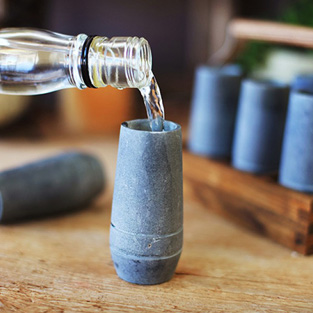
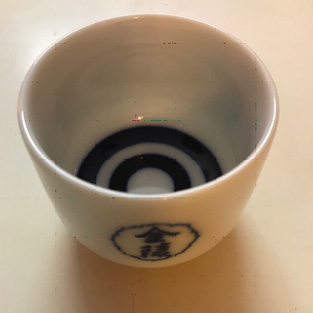
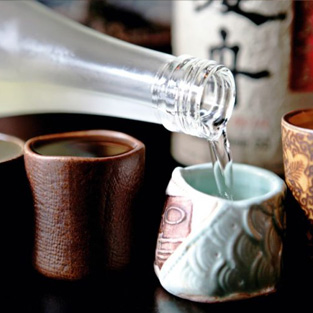
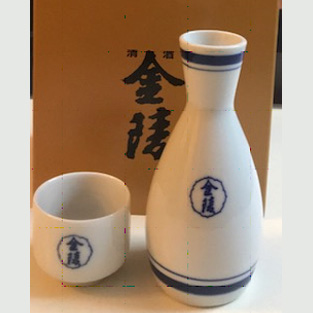
Sparkling N Sake have stood together through thick and thin to hold the title of Japan's oldest continuously family-run, blended Liquor's makers. But we couldn't have done it without a little help along the way.
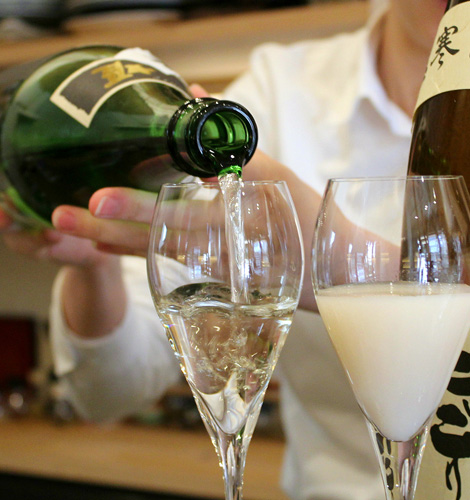
We exclusively represent brands like:
- Junmai Daiginjo - Kirameki (Premium Sake)
- Junmai Ginjo - Koiai (Premium sake)
- Ginjo - Geppaku (Premium sake)
- Liqueur - Sanijki No Momomo
- Junmai Daiginjo - KAGURA Unfilterd
- Daiginjo - KAGURA Unfilterd
- Daiginjo KAGURA Unfilterd
- Ginjo
- Junmai Ginjo
- Junmai Daiginjo
Associate distributor for an entire focused area.






